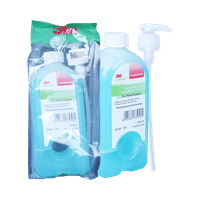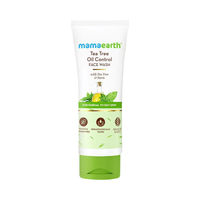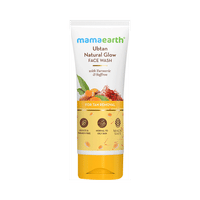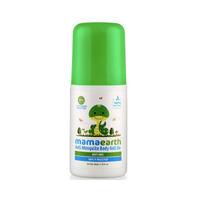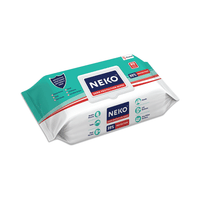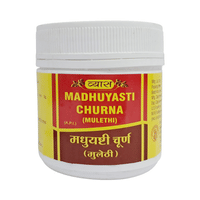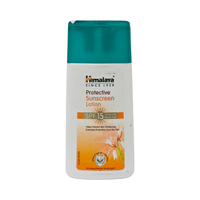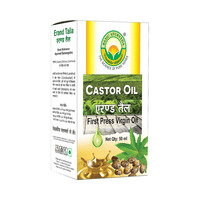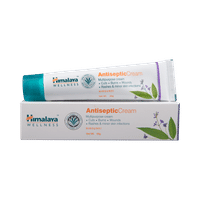Savlon Herbal Sensitive Refill Germ Protection Liquid Handwash
(675 ml Liquid in packet)
Rs. 99
Rs. 99
Not Available
Available in other variants
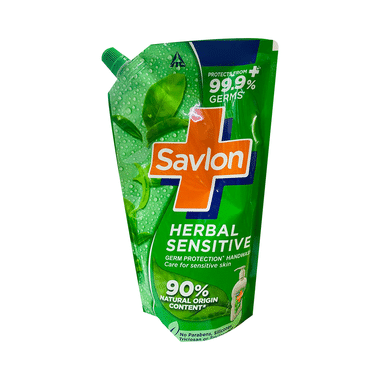
Product Details
Savlon Herbal Sensitive Refill Germ Protection Liquid Handwash
Savlon Moisture Shield Refill Germ Protection Liquid Handwash
Break the Chain of Infection with Savlon Herbal Sensitive Germ Protection Liquid Handwash. With 90% Natural Origin Content, Savlon Herbal Sensitive Handwash washes away dirt and germs effectively. Enriched with the Herbal Essence, this pH Balanced formula is clinically tested to be mild on the skin and makes your hands feel soft, leaving a fresh herbal fragrance.
Crafted with care, Savlon Herbal Sensitive Handwash contains no Parabens, Silicones, Triclosan (TCC) and Triclocarban (TCN). It is dermatologically tested and is suitable for all skin types. Choose Savlon Herbal Sensitive Handwash’s Skin-Friendly Germ Protection for your Family today!
Regular washing of hands helps reduce the spread of germs. Keep yourself and your loved ones healthy by washing your hands often- especially before eating and after using the toilet.
Key Ingredients:
Key Ingredients:
Aqua,Sodium Laureth Sulfate,Cocamidopropyl Betaine,Cocamide MEA,Glycol Distearate,Acrylates WASH Copolymer,Sodium Chloride,Fragrance,DMDM Hydantoin,Aloe Barbadensis Leaf Extract,Glycerin,Silver,Tetrasodium EDTA,BHT,Citric Acid,Sodium Hydroxide,Sodium Xylene Sulphonate,Limonene,Butylphenyl Methylpropional,Citronellol
Key Benefits:
Good To Know:
Savlon Moisture Shield Refill Germ Protection Liquid Handwash is free from parabens,TCC and triclosan.
Suitable For:
all skin types
Concerns It Can Help With:
["Germ protection"]
Best Suited For:
regular use
Ideal For:
family
Directions For Use:
Safety Information:
Quick Tips:
["Make sure to lather your hands for at least 20 seconds, covering all surfaces of your hands, including your fingertips and under your nails."]
Faqs:
Savlon Moisture Shield Refill Germ Protection Liquid Handwash
Break the Chain of Infection with Savlon Herbal Sensitive Germ Protection Liquid Handwash. With 90% Natural Origin Content, Savlon Herbal Sensitive Handwash washes away dirt and germs effectively. Enriched with the Herbal Essence, this pH Balanced formula is clinically tested to be mild on the skin and makes your hands feel soft, leaving a fresh herbal fragrance.
Crafted with care, Savlon Herbal Sensitive Handwash contains no Parabens, Silicones, Triclosan (TCC) and Triclocarban (TCN). It is dermatologically tested and is suitable for all skin types. Choose Savlon Herbal Sensitive Handwash’s Skin-Friendly Germ Protection for your Family today!
Regular washing of hands helps reduce the spread of germs. Keep yourself and your loved ones healthy by washing your hands often- especially before eating and after using the toilet.
Key Ingredients:
Key Ingredients:
Aqua,Sodium Laureth Sulfate,Cocamidopropyl Betaine,Cocamide MEA,Glycol Distearate,Acrylates WASH Copolymer,Sodium Chloride,Fragrance,DMDM Hydantoin,Aloe Barbadensis Leaf Extract,Glycerin,Silver,Tetrasodium EDTA,BHT,Citric Acid,Sodium Hydroxide,Sodium Xylene Sulphonate,Limonene,Butylphenyl Methylpropional,Citronellol
Key Benefits:
- Helps keep hands clean with Savlon Herbal Sensitive Handwash that washes away 99.9% germs* including H1N1 virus and diarrhoea-causing bacteria. * Basis lab study on Sample microbes. Washes away Germs
- Made of 90% Natural Origin content, Savlon Herbal Sensitive Handwashs pH Balanced Formula is clinically tested to be mild on the skin, making your hands feel soft, and leaving a fresh, herbal fragrance - Basis applicable standards
- Crafted with care, Savlon Herbal Sensitive Handwash is enriched with Herbal Essence. It contains No Parabens, Silicones, Triclosan (TCC) or Triclocarban (TCN)
- Dermatologically tested to be safe on skin, Savlon Herbal Sensitive Handwash is suitable for all skin types
- Choose Savlon Herbal Sensitive Handwashs Skin-Friendly Germ Protection for your family
Good To Know:
Savlon Moisture Shield Refill Germ Protection Liquid Handwash is free from parabens,TCC and triclosan.
Suitable For:
all skin types
Concerns It Can Help With:
["Germ protection"]
Best Suited For:
regular use
Ideal For:
family
Directions For Use:
- Step 1: Wash Palms and Fingers
- Step 2: Scrub between Fingers
- Step 3: Wash the Back of Your Hands
- Step 4: Clean the back of Fingers
- Step 5: Scrub both Thumbs
- Step 6: Scrub Nails on Palms
- Step 7: Wash your Wrists
- Step 8: Use a Clean Towel to Dry Hands
Safety Information:
- Avoid contact with eyes
- In case of contact with the eyes, rinse the eyes immediately with plenty of water
- For external use only
- Keep out of reach of children
Quick Tips:
["Make sure to lather your hands for at least 20 seconds, covering all surfaces of your hands, including your fingertips and under your nails."]
Faqs:
- Q. When should you wash your hands? You should wash your hands before eating, preparing or handling food, caring for someone who is sick, managing a cut or wound, and after using the bathroom, blowing your nose, coughing, or sneezing.
- Q. How should you wash your hands? You should wet your hands with clean running water, lather them with soap, and scrub all surfaces of your hands for at least 20 seconds. Rinse your hands thoroughly and dry them with a clean towel or let them air dry.
- Q. What are the benefits of hand hygiene? Washing your hands can help prevent the spread of germs and infections, and reduce the risk of illness, missed school or work, and hospitalization.














